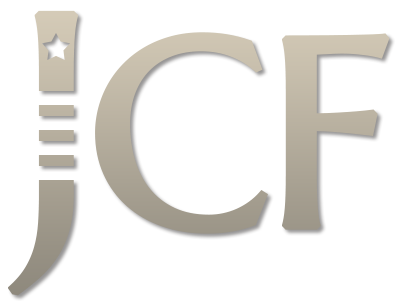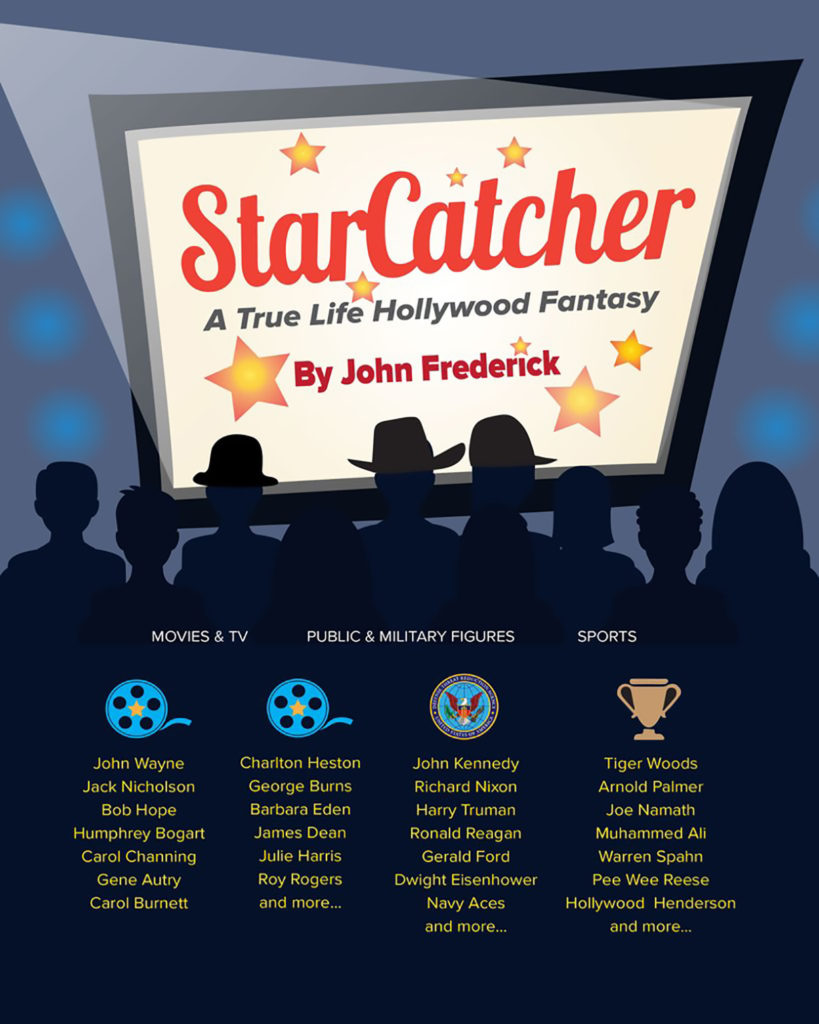Many people think The Shootist was John Wayne’s last film but that really was not the case. The Shootist was his last theatrical release in 1976 – directed by Don Siegel and based on Glendon Swarthout’s 1975 novel of the same name. Home For The Seabees was a film for the US Navy and not a theatrical release. It was produced in 1977. It currently is being shown everyday at the Navy Historical Museum in Port Hueneme, California. Wayne agreed to do this movie because he admired the Seabees since he completed the movie, The Fighting Seabees in 1944. This is part one of a seven part series.
Production of Home for the Seabees continued. It was now late July, and the departure of The Wild Goose was coming too soon. Commander Harry Flynn and I went back to Bayshore, to discuss the problems with the script, and the final location of the film shoot itself. The response from the Big Brass on changing the script had met with a cool reception, despite our best efforts to insert Seabee history into a movie script that, to us, was not good enough for John Wayne.
Duke was non-commital on the script. He had, remember, agreed to do it, “Whether it was a good one or a bad one”. We told him of our plans. Harry would direct, I would rewrite the script, explaining how the Seabee story began at the beginning of World War II, and the men that made it happen – the workers, the builders, the construction trades, many of whom were over age, but wanted to serve. He approved.
“The budget on one of ’em was ten grand” Duke said, “There was one horse in the picture…and I had to kayo the heavy or I wouda’ had to walk from scene to scene.”

We then got to hear some stories about the early movies. He also defined that there were two kind of heavies. “There’s the brain heavy….he never fights.” (think Goldfinger). Then there were the ‘dog’ heavies., the ones who do all the dirty work. Duke continued, “The running time of those damn things was about an hour, So to show who the dog heavy was, you see him cross the street, and while he’s doin’ it, he kicks a dog.” They have been referred to as dog heavies ever since. They are the brain heavies loyal henchmen. And on and on.
Our work was done for now, and all we had to do was finish the script and wait for the Duke’s return to Newport. The attached photo shows the Duke’s expression when I showed him the first script. The next one is of me, Commander Flynn, and Master Chief Jack Logan, all members of Naval Reserve Combat Camera Group Pacific, the unit designated to film The Home For The Seabees with John Wayne in September, 1977.
And were were now in the last steps of pre-production, but you will have to wait for the Wild Goose to come back…that’s the next chapter in this series coming soon.
And if you missed any parts of this series, click on the titles below to catch up on what you missed …
Part One: “I’ll Do It For Ya!”
Part Two: The Movie is a Go!
Part Three: “It’s Impossible to be too Close to your Writers”
Part Four: Rewriting the Script for a Hollywood Legend
Part Five: “Who Better to Write for John Wayne than the Duke Himself”
Part Six: Walking the Last Mile
Part Seven: Wrapping Up Production: A Safety Tip From The Duke Himself
ABOUT THE AUTHOR

John Wayne was one of the “larger than life” celebrities from the Golden Age of Hollywood. It was my pleasure to work with “Mr. Wayne” (aso I called him) along with many other greats of that era. If you liked this story, you can read more about The Duke and many others I had the opportunity to interact with in my coffee table book Starcatcher: A True Life Hollywood Fantasy. At 83 years old, I decided to bring out the old typewriter and write my first book about my adventures. I found a great publisher who decided to make my book available to all of you! The fine folks at Robert Reed Publishers has the book on sale now with some great information and highlights.


